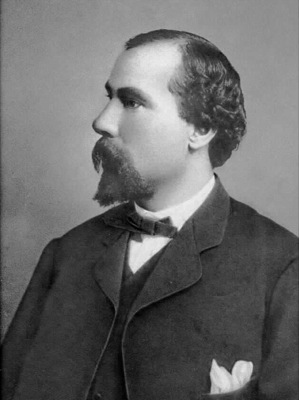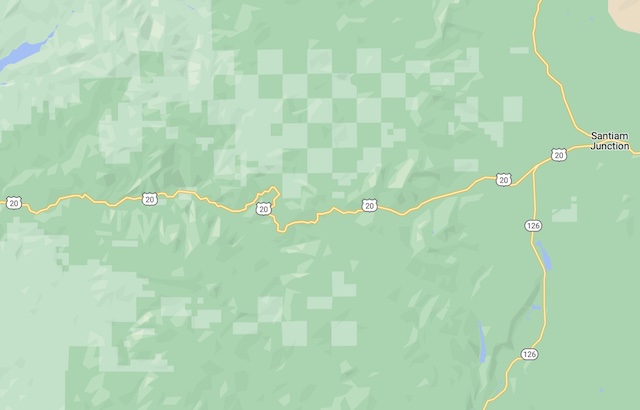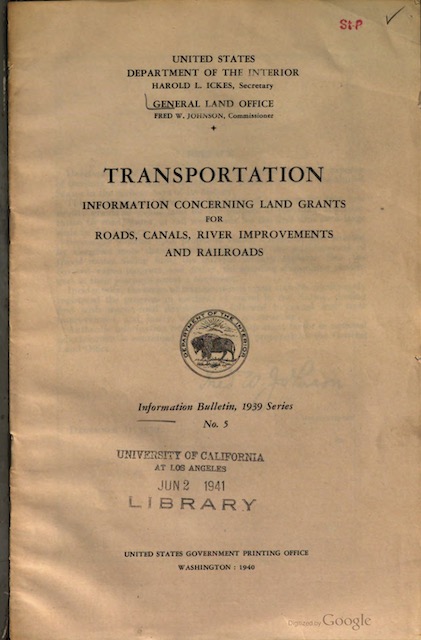Today is the 175th anniversary of the birth of James J. Hill, builder of the Great Northern Railway and one of the great entrepreneurs of the late 19th century. As a railfan, the Antiplanner likes Hill because the Great Northern has always been my favorite railroad. It is only a coincidence that Hill’s politics were pretty similar to mine.
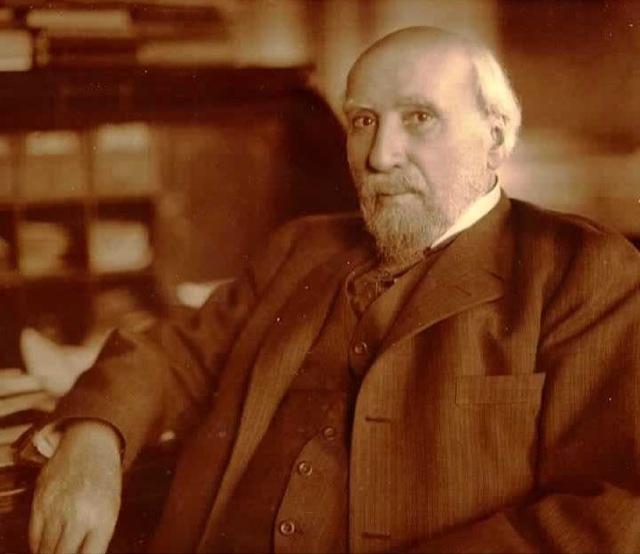
Hill in 1915.
Wikipedia describes Hill as a Bourbon Democrat, meaning a classical liberal who supported free trade and opposed government subsidies and legislative efforts to protect corporations from competition. As I detail in an article that should soon be published by the Great Northern Railway Historical Society, Hill also believed that the federal government should stay out of conservation issues as it would likely do more harm than good.

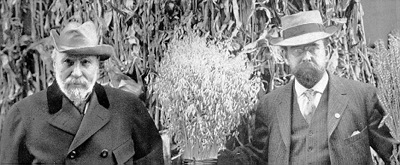
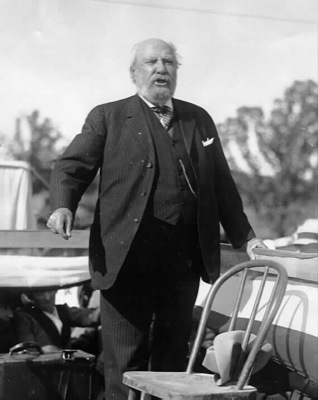
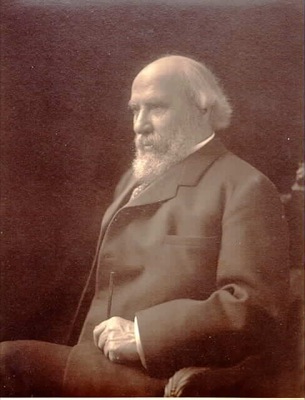 Probably the most famous photo of Hill, circa 1902. Could that be a Thoreau pencil in his hand?
Probably the most famous photo of Hill, circa 1902. Could that be a Thoreau pencil in his hand?